How do you talk with your child? Did you know how you talk changes their brain?
[This article was written by Sophie Hardach and can be found here.]
Most parents know that talking to their child helps them develop. But a new study has revealed that it’s how you talk to your child that really matters for their brain growth. Rather than just spewing complex words at them, or showing flashcards in the hope of enriching their vocabulary, the key is to engage them in “conversational turns” – in other words, a good old chat.
In a study of children between the ages of 4 and 6, cognitive scientists at MIT found that such back-and-forth conversation changes the child’s brain. Specifically, it can boost the child’s brain development and language skills, as measured both by a range of tests and MRI brain scans. This was the case regardless of parental income or education.
“The important thing is not just to talk to your child, but to talk with your child. It’s not just about dumping language into your child’s brain, but to actually carry on a conversation with them,” said Rachel Romeo, a graduate student at Harvard and MIT and the lead author of the paper.
The finding adds an important twist to what we know about language and development. In 1995, a seminal studyestablished that children from the wealthiest families hear about 30 million more words by age three than children from the poorest families. The authors of that study argued that the “30-million-word gap” set the children off on fundamentally different developmental trajectories that affected their experiences later on.
Today, there are countless educational apps and toys devoted to filling that word gap and expanding children’s vocabulary from day one. However, trying to inundate children with millions of words may be missing a crucial factor in development: human relationships, and social interaction.
In fact, the MIT study suggests that parents should perhaps talk less, and listen more.
"The number of adult words didn’t seem to matter at all for the brain function. What mattered was the number of conversational turns," Romeo said.
Beyond the 30 Million Word Gap
The children in the study wore recorders at home that registered each word they spoke or heard. Scientists then analyzed these recordings for “conversational turns”, or back-and-forth exchanges between an adult and the child. They found that the number of conversational turns correlated strongly with the children’s scores in a range of language tests. It also correlated with more activity in the area of Broca’s area, the area of the brain involved in speech production and language processing, when the children listened to stories while their brains were being scanned. These correlations were much stronger than between the number of words heard, and test scores or brain activity.
“The really novel thing about our paper is that it provides the first evidence that family conversation at home is associated with brain development in children. It’s almost magical how parental conversation appears to influence the biological growth of the brain,” says John Gabrieli, a professor of brain and cognitive sciences at MIT and the senior author of the study.
The study noted that while children from wealthier families were exposed to more language on average, children from poor but chatty families had language skills and brain activity similar to those wealthier children. This was an important finding that prompted researchers to encourage parents from all backgrounds to engage with their children - including interactive chatting with babies, for example by making sounds back and forth or copying faces.
“One of the things we’re excited about is that it feels like a relatively actionable thing because it’s specific,” Gabrielli said. “That doesn’t mean it’s easy for less educated families, under greater economic stress, to have more conversation with their child. But at the same time, it’s a targeted, specific action, and there may be ways to promote or encourage that.”
The idea of learning through social engagement and emotional bonding chimes with other research on how infants learn language. Babies tend to learn by watching and copying the adults they are most attached to, which is why singing and cuddling are much more effective than high-tech educational toolswhen it comes to development. Later, children learn most effectively through play, for example imaginary role play with friends or adults.
Chatting also requires more complex cognitive skills than only listening, or only talking. According to the MIT researchers, having a conversation allows children to practice understanding what the other person is trying to say, and how to respond appropriately. This is very different from merely having to listen.
Roberta Golinkoff, a professor of education at the University of Delaware School of Education who was not involved in the study, said the study added to evidence that language development went far beyond filling the word gap.
“You can talk to a child until you’re blue in the face, but if you’re not engaging with the child and having a conversational duet about what the child is interested in, you’re not going to give the child the language processing skills that they need,” said Golinkoff.


